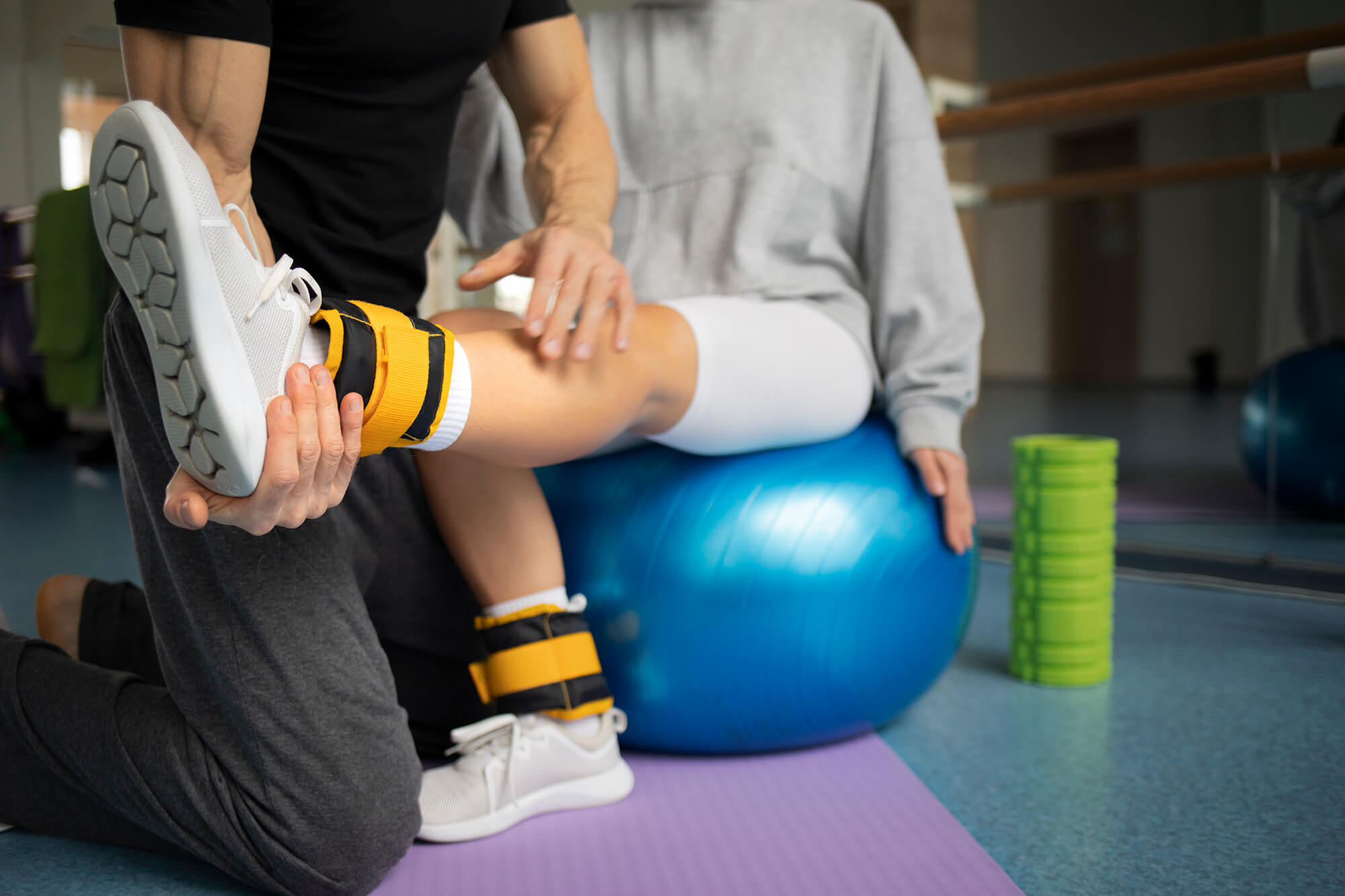Physical therapists see a lot of sports injuries in various stages, from minor to continually reaggravated ones. Regardless, a physical therapist is going to do everything in their power to help alleviate the pain and promote recovery. But there are a few things many wish you knew.
1. If It Hurts, Stop
Pain in the joints during or after a workout is not normal. Big red flags exist If you:
- Experience joint pain when you lift over your head
- Hear/Feel grinding
- Have joint pain that goes from mild discomfort and stiffness to actual pain during a workout
More pain means more inflammation. And there’s a reason for that. It could be a tear, a bone spur, or tendonosis (fraying tendon).
2. But Don’t Stop Entirely
Pain doesn’t necessarily mean you should stop completely. When you fail to use certain joints and muscles for a time, they atrophy, ache, and are even more prone to injury. This is why people need physical therapy after surgery that immobilizes a part of their body.
The best thing you can do is move to an activity that doesn’t hurt your joint and, if the pain and swelling continue, see a doctor.
3. Massage Therapy Does NOT Treat Sports Injuries
Yes, a massage therapist can help you increase blood flow to specific areas and reduce stress. These are essential for health and recovery. But massage alone is not designed to treat an injury.
Physical therapists are trained to guide your body through specific movements to promote blood flow, strengthen surrounding tissues, increase range of motion, and promote healing. Physical therapists understand anatomy and how everything works. Massage therapy is useful. But therapists don’t have the skill level and tools at their disposal.
4. No, Google Doesn’t Have All The Answers
You’ll find a lot of reputable resources on Google, like our website. But there are also sites that pretend to have credentials they don’t.
Websites may be able to give you an idea of what your symptoms might mean, but many conditions have similar symptoms.
Without scans and manual tests performed by a doctor, even your doctor may not be able to tell you what’s causing that pain, so a stranger on the Internet is even less likely to know.
5. Ignoring Pain Can Increase Damage
There are certainly times when exercising can reduce pain. For example, if you have shoulder pain from arthritis, then certain exercises can reduce the pain and joint inflammation while they strengthen the muscles around it to reduce the risk of injury.
But working out unaware that the pain is actually a tear, can also lengthen the tear.
6. The Sooner You Get Help, the Sooner It Can Heal
If you do have a sports injury that you’re not having treated, you’ll likely reinjure it every time it tries to heal, creating scar tissue. And in some cases, sports injuries cannot heal without treatment, so you may be setting yourself up for a life of pain.
It’s always better to know.
The sooner you acknowledge that you may have an injury that needs treatment, the sooner you can get that treatment and get back into the game. And you likely don’t need surgery, but you may if you continue to aggravate this injury.
Don’t wait. Reach out to us today to schedule an appointment.


